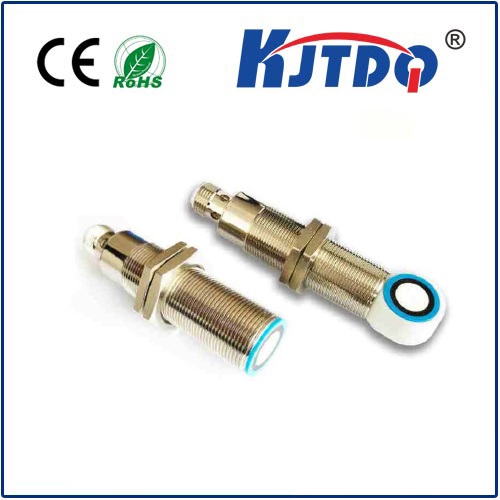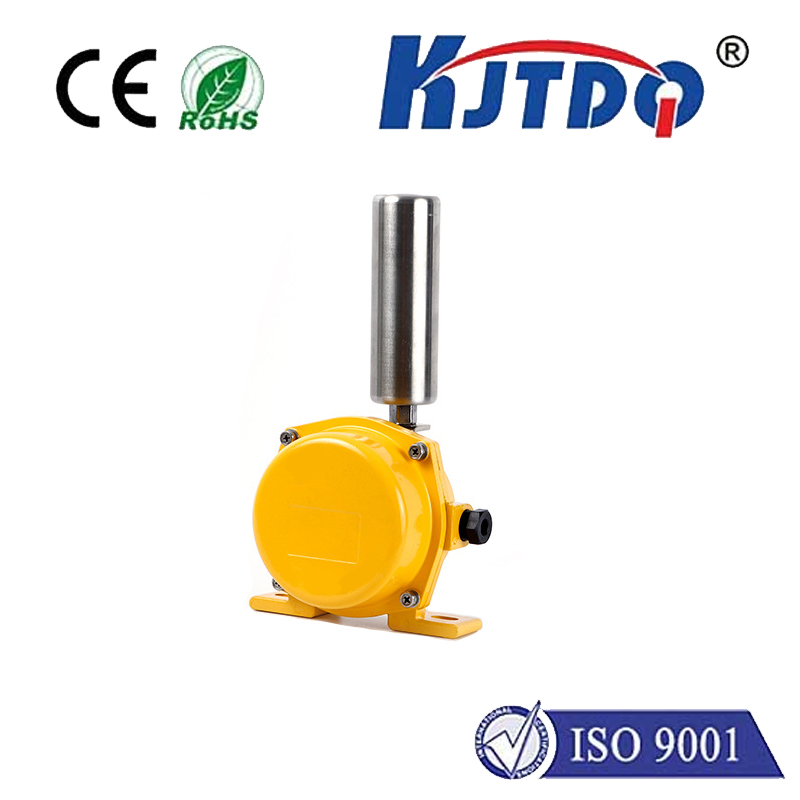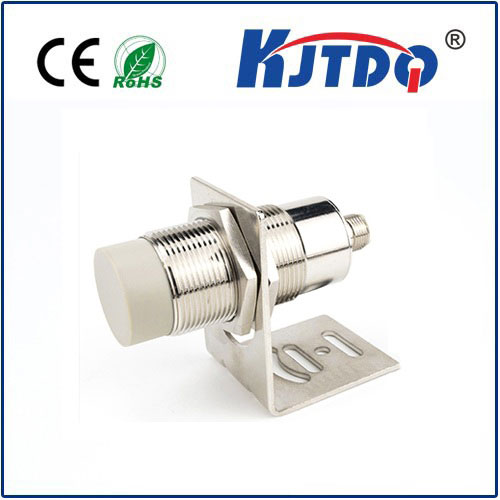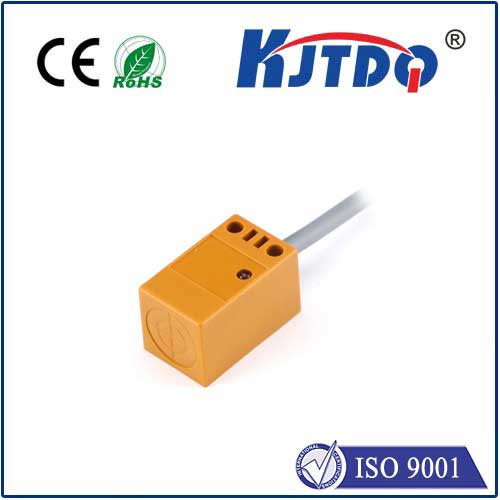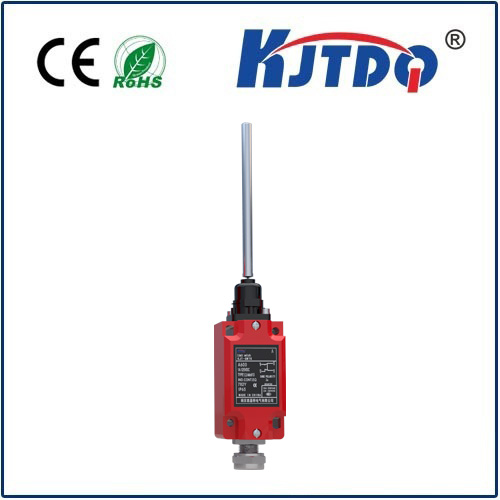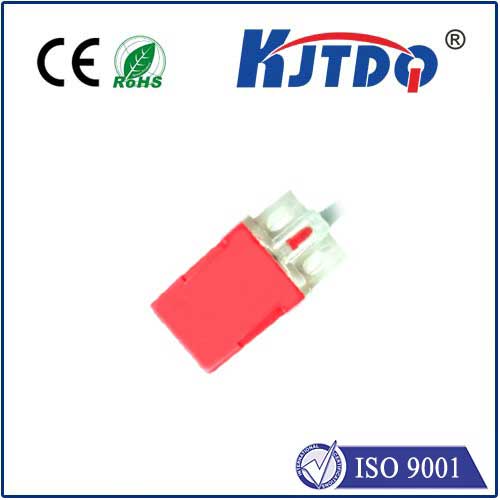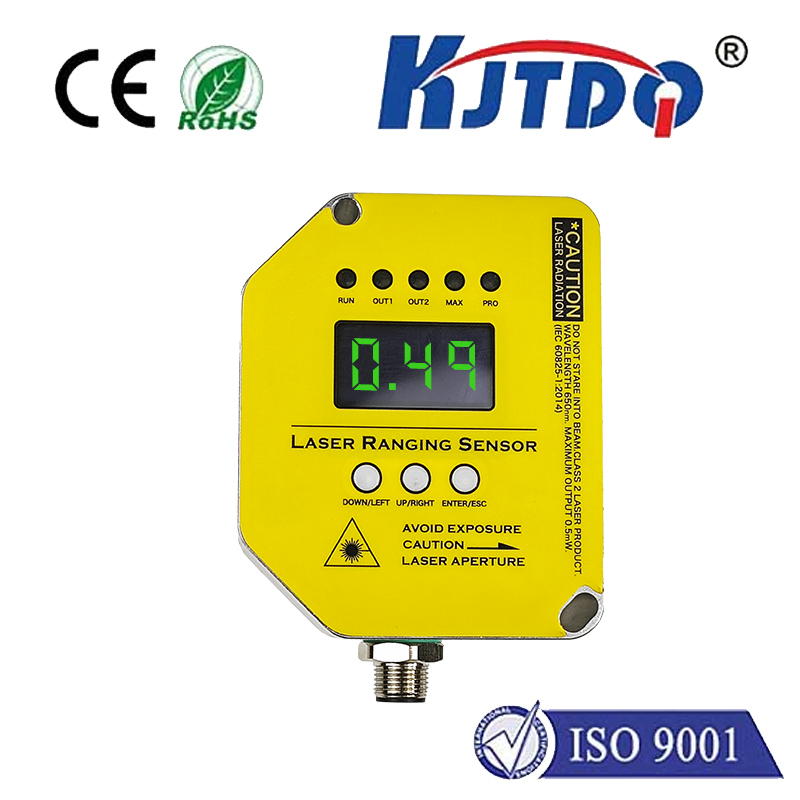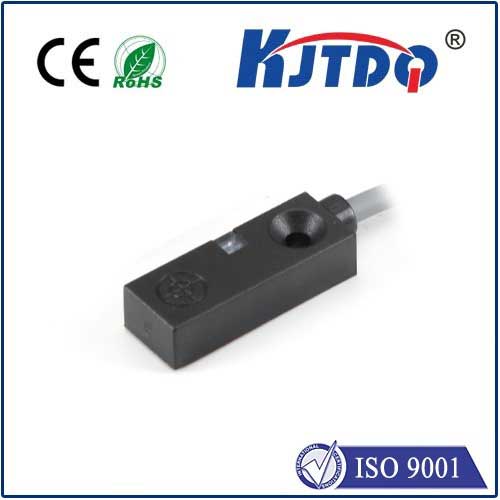
check

check

check

check
Title: Unleashing the Power of 2D Displacement Sensors in Modern Technology
Introduction
The advent of 2D displacement sensors has revolutionized the realm of modern technology, opening up a plethora of possibilities for various industries. These sensor technologies enable us to measure and monitor the distance between two points in real-time, providing valuable insights into a wide range of applications. In this article, we will delve deeper into the world of 2D displacement sensors, exploring their potential and their impact on various fields.
The Evolution of 2D Displacement Sensors
The idea behind 2D displacement sensors dates back to ancient times when people used simple tools like sticks to measure distances. However, it wasn't until the 19th century that the first mechanical displacement sensor was invented, which relied on the movement of a lever or weight to determine the distance between two points. In the following decades, advancements in technology led to the development of electronic and optical displacement sensors, making them more accurate and reliable.

Today, 2D displacement sensors are available in various configurations, including optical, mechanical, and electrical types. Each type offers unique advantages and capabilities, making them suitable for different applications. For example, optical displacement sensors rely on light beams to measure distances, while mechanical sensors use springs or other materials to measure the movement between two points. Electrical sensors use electric fields to determine the distance between two objects.
Applications of 2D Displacement Sensors
The potential applications of 2D displacement sensors are vast and diverse, spanning across various industries and domains. Some of the most notable applications include:
1. Robotics: 2D displacement sensors play a crucial role in robotic systems, enabling them to navigate and manipulate objects with precision. They are also used to track the position and orientation of robots in real-time, allowing for better control and efficiency.
2. Industrial Automation: 2D displacement sensors are commonly used in industrial automation systems to monitor the position of machines and equipment. This information is critical for maintaining optimal performance and preventing accidents.
3. Medical Imaging: In medical imaging, 2D displacement sensors are used to create high-resolution images of internal organs and structures. This technology helps doctors accurately diagnose and treat patients by providing detailed information about tissue dimensions and shapes.
4. Automotive Industry: The automotive industry relies heavily on precision measurement tools, and 2D displacement sensors play a vital role in ensuring safety and reliability. They are used to monitor tire pressure, brake performance, and other critical vehicle components.
5. Agriculture: In agriculture, 2D displacement sensors are used to monitor soil quality, moisture levels, and crop growth. This information is essential for optimizing irrigation schedules and improving crop yields.
Conclusion
In conclusion, 2D displacement sensors have transformed the way we measure and monitor distances in various applications. Their ability to provide high-precision measurements has made them indispensable tools in many industries, enabling us to achieve greater accuracy and efficiency in our work. As research continues to advance this exciting field, we can expect even more innovative uses for 2D displacement sensors in the future.
